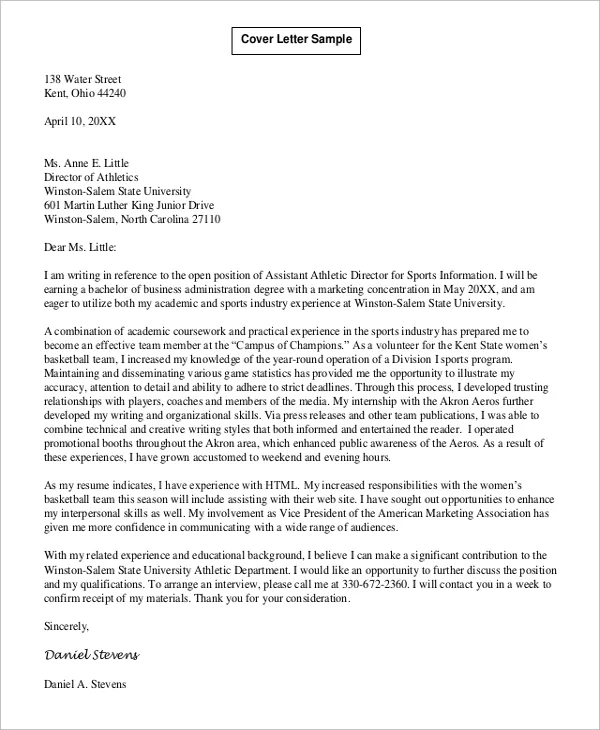What is a Cover Letter
A cover letter is a crucial document that accompanies your resume when applying for a job. It serves as your personal introduction, allowing you to highlight your relevant skills, experience, and enthusiasm for the position. Unlike a resume, which provides a factual overview of your qualifications, a cover letter gives you the opportunity to tell your story and demonstrate how your abilities align with the specific requirements of the job and the needs of the company. It’s your first chance to make a strong impression on a potential employer, and a well-crafted cover letter can significantly increase your chances of getting an interview.
The Purpose of a Cover Letter
The primary purpose of a cover letter is to persuade the hiring manager to read your resume and consider you for the job. It’s a marketing tool that sells your qualifications. Your cover letter should briefly introduce you, state the position you’re applying for, and then explain why you are a good fit for the role. It is designed to personalize your application, making it clear that you are genuinely interested in the specific opportunity and the company. It also demonstrates your writing skills, attention to detail, and professionalism, which are all important aspects that can influence a hiring decision.
Why Cover Letters are Important

Cover letters are important because they provide context to your resume. They allow you to connect your skills and experience to the specific requirements of the job description. Moreover, cover letters offer the chance to showcase your personality and enthusiasm, which is something a resume cannot always convey. They also give you the opportunity to address any gaps in your resume or explain career transitions. A well-written cover letter can set you apart from other candidates, making you more memorable to the hiring manager and increasing the likelihood of an interview.
Key Components of a Cover Letter
A strong cover letter has several key components that work together to create a compelling application. Each element plays a specific role in presenting your qualifications and making a positive impression on the hiring manager. Understanding these parts and how to use them effectively is essential for creating a cover letter that will get you noticed. Pay close attention to each section; it will give you a distinct advantage in the application process.
Your Contact Information
At the top of your cover letter, include your full name, phone number, email address, and optionally, your LinkedIn profile URL. This information should be clearly displayed and easy to find. Make sure your email address is professional; avoid using nicknames or outdated addresses. Double-check all contact details for accuracy to ensure that the hiring manager can easily reach you for further communication about the job. This section should be placed in the header section of the cover letter.
The Date

Below your contact information, include the current date. The date helps establish the timeliness of your application and demonstrates that you are actively seeking employment. Ensure that the date format is consistent with the date format used in other professional documents. The date should be placed below your contact information to make it easy to read and find.
Hiring Manager’s Contact Information
If possible, address your cover letter to a specific person, such as the hiring manager or the recruiter. This personal touch shows that you have done your research and are genuinely interested in the role. If you are unable to find a specific name, you can use a professional greeting like “Dear Hiring Manager.” Include the hiring manager’s title, company name, and address. This attention to detail demonstrates your professionalism and effort in the application process.
The Salutation
Start your cover letter with a professional greeting. If you know the hiring manager’s name, use “Dear Mr./Ms./Mx. [Last Name].” If you are unsure of the name, use a general greeting like “Dear Hiring Manager.” Avoid informal greetings like “Hello” or “Hi.” The salutation sets the tone for the rest of your letter. Make sure the greeting reflects the level of formality of the company culture.
Writing the Body of Your Cover Letter
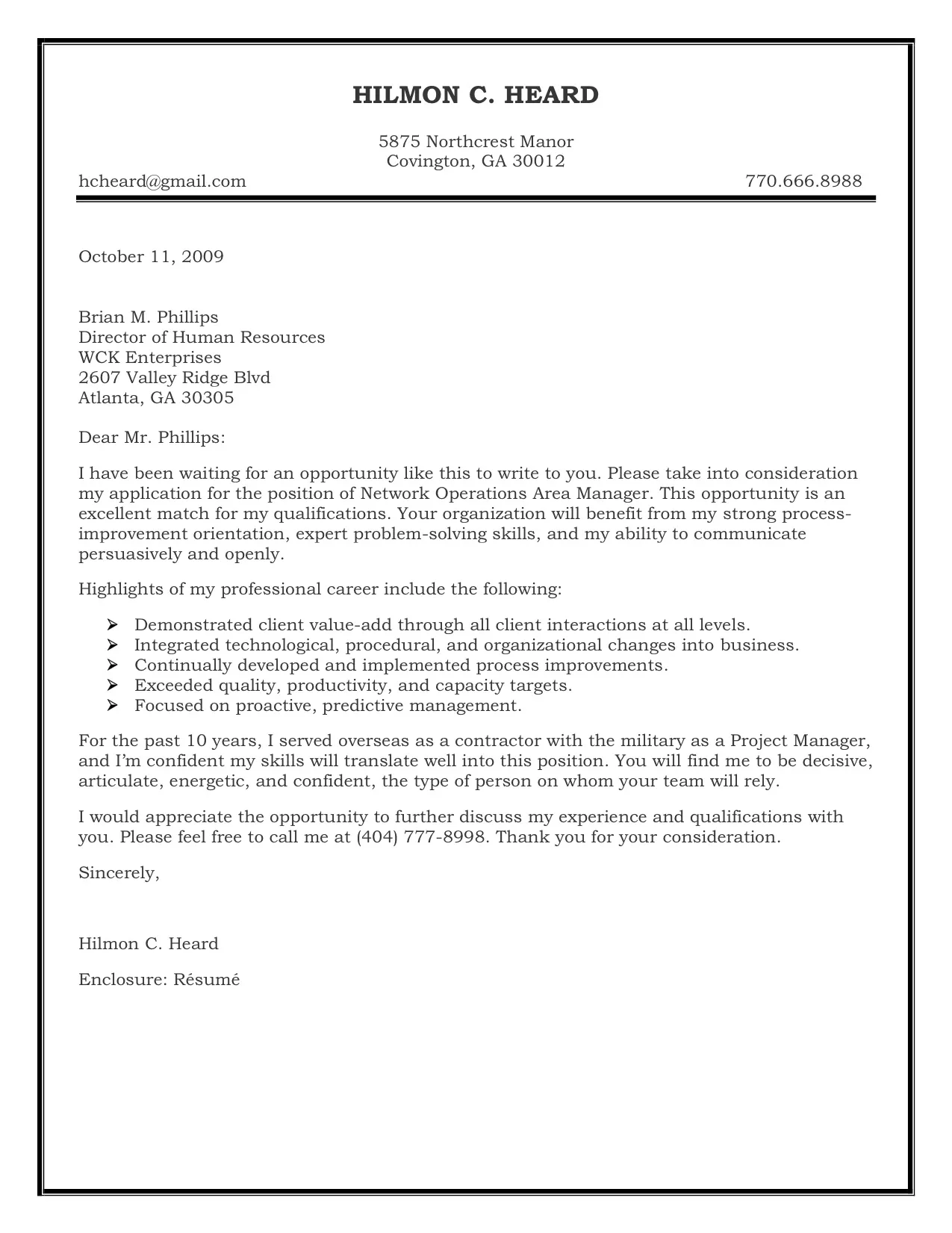
The body of your cover letter is where you make your case for why you are the right candidate for the job. This is the section to highlight your relevant skills and experience, explain your interest in the role, and show how you can contribute to the company. The body should be clear, concise, and tailored to the specific job requirements. You should use this section to make a strong impression on the hiring manager.
Opening Paragraph Grabbing Attention
Start your cover letter with an engaging opening paragraph. This should immediately grab the reader’s attention and make them want to learn more about you. State the position you are applying for and how you found the job. Briefly mention why you are interested in the role and the company. Avoid generic openings; instead, try to create a compelling hook that captures the hiring manager’s interest from the start. You can mention a specific achievement, a shared value, or the company’s mission statement.
Highlighting Your Skills and Experience
In the body of your cover letter, provide specific examples of your skills and experience that match the job requirements. Review the job description carefully and identify the key skills and qualifications the employer is seeking. Then, explain how your past experiences have equipped you with these skills. Focus on achievements and results. Instead of just listing your responsibilities, describe what you accomplished and the impact your work had. Use action verbs to make your descriptions more vivid and engaging.
Quantifying Your Achievements
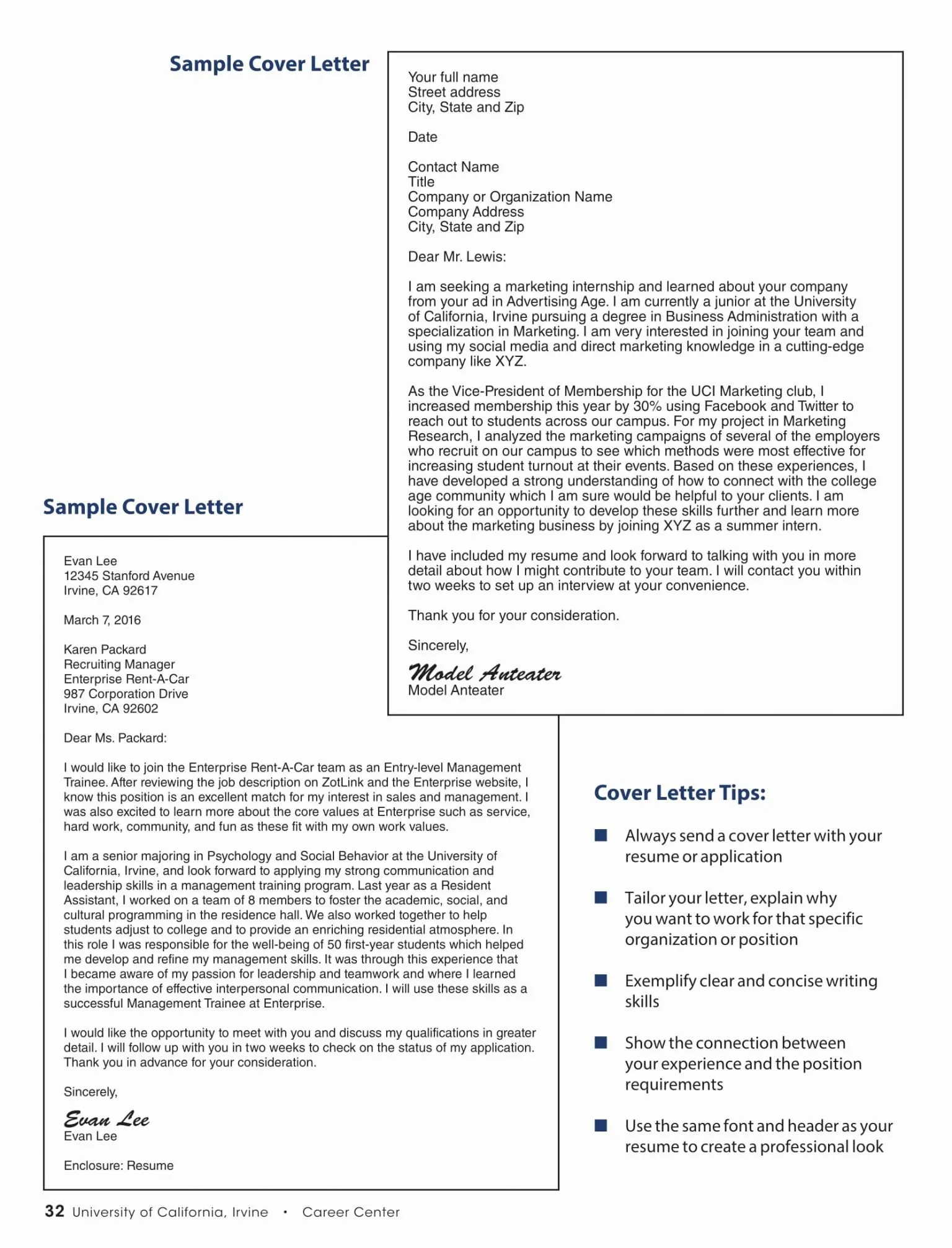
Whenever possible, quantify your achievements to demonstrate the impact of your work. Use numbers, percentages, and specific data to show the results you achieved in previous roles. For example, instead of saying “Improved customer satisfaction,” you could say “Increased customer satisfaction by 15%.” Quantifiable results make your cover letter more credible and highlight your accomplishments. This information shows you what you can bring to the company you are applying for.
Tailoring Your Cover Letter to the Job
Customize your cover letter for each job you apply for. Avoid using a generic cover letter that could be sent to any employer. Instead, research the company and the specific role, and then tailor your letter to match the requirements of the job. Highlight the skills and experiences that are most relevant to the position, and show how you can contribute to the company’s goals. This will show the hiring manager that you are genuinely interested in the opportunity. This attention to detail demonstrates your commitment to the application.
Closing the Cover Letter
The closing of your cover letter should leave a positive impression. It should reiterate your interest in the position, express gratitude, and include a clear call to action. A well-crafted closing paragraph can significantly increase your chances of getting an interview. You should carefully review the closing to make sure it aligns with the rest of your cover letter.
Expressing Gratitude
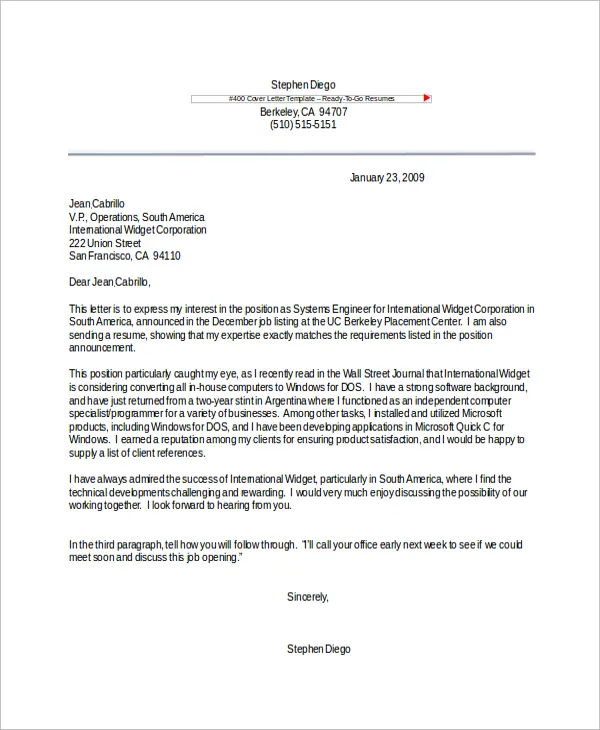
Thank the hiring manager for their time and consideration. Express your appreciation for the opportunity to apply for the job and express your interest in the position. This shows your professionalism and respect for their time. A simple thank you can leave a positive impression and enhance your chances. Adding a thank you to the end of your cover letter is always a great idea.
Call to Action
End your cover letter with a clear call to action. State that you are available for an interview and provide your contact information again. Encourage the hiring manager to contact you to discuss your qualifications further. Make it easy for them to take the next step in the hiring process. A concise closing with a clear call to action can help you advance to the next stage.
Cover Letter Formatting and Design
The formatting and design of your cover letter are crucial for making a positive first impression. A well-formatted letter is easy to read and presents you as a professional. Follow these guidelines to ensure your cover letter is polished and visually appealing. Your cover letter is a reflection of your attention to detail. A well-designed cover letter is an advantage.
Font Selection
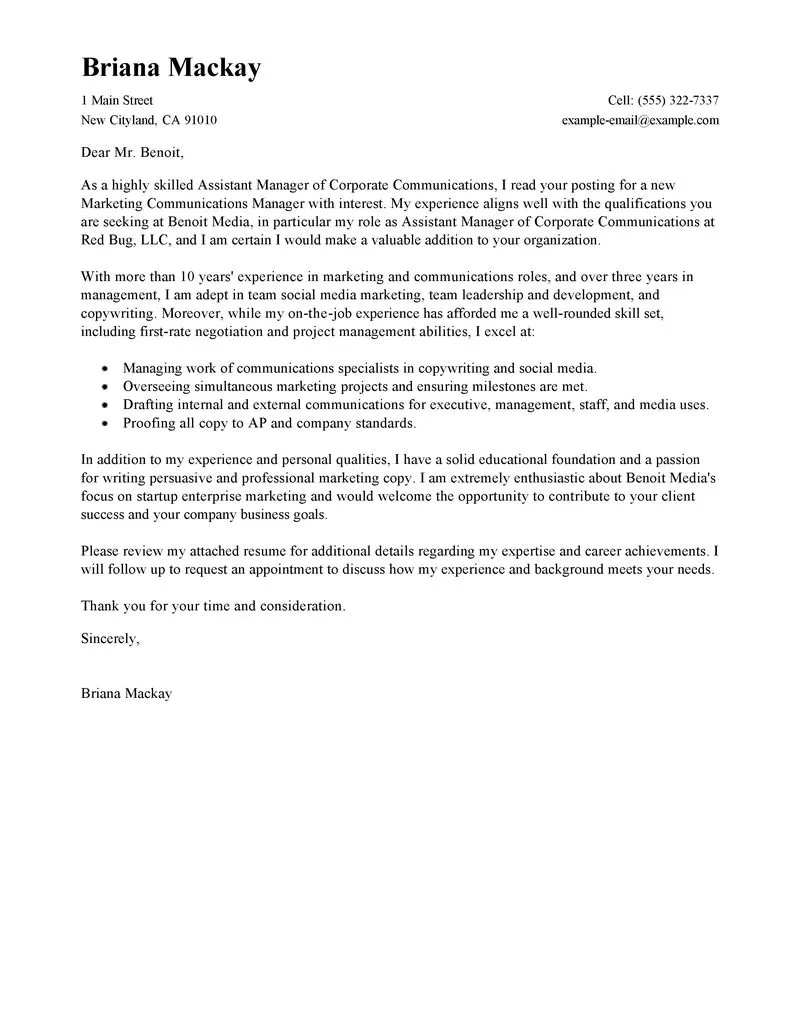
Choose a professional and easy-to-read font, such as Times New Roman, Arial, Calibri, or Georgia. Keep the font size between 10 and 12 points. Avoid using overly decorative or unusual fonts, as they can distract the reader. Ensure the font is consistent throughout your cover letter, and ensure that the font size does not distract the reader from the actual content of your letter. Use a clear font style and size to make the letter easy to read.
Margins and Spacing
Use standard margins of 1 inch on all sides of your cover letter. This ensures that your text is not crowded and that your letter looks clean and professional. Double-space your cover letter for readability. Avoid using large blocks of text; break up your paragraphs into shorter sections. Proper spacing makes your letter easier to read and improves its overall appearance. The visual appeal is just as important as the content of the letter.
Proofreading and Editing
Proofreading and editing are critical steps in the cover letter writing process. Errors in grammar and spelling can create a negative impression and undermine your credibility. Always proofread your cover letter carefully. Check for typos, grammatical errors, and punctuation mistakes. Read your letter aloud to catch any awkward phrasing or sentences. Ideally, have a friend or family member review your letter as well, as a fresh pair of eyes can often spot errors that you might miss. Proofreading and editing will go a long way to improving your chances.
Common Cover Letter Mistakes to Avoid

To maximize your chances of success, avoid these common cover letter mistakes. Knowing what to avoid can be just as important as knowing what to include. By avoiding these common pitfalls, you can present yourself as a professional and increase your chances of getting hired. Paying attention to these common errors can prevent you from losing the job.
Generic Cover Letters
Avoid using a generic cover letter that is not tailored to the specific job and company. Hiring managers can easily spot generic letters, and they often disregard them. Always customize your cover letter to match the requirements of the job description. Research the company and highlight the skills and experiences that are most relevant to the position. A generic cover letter indicates a lack of interest in the job.
Typos and Grammatical Errors
Typos and grammatical errors can damage your credibility and make you appear unprofessional. Always proofread your cover letter carefully. Use a spell checker and grammar checker, but do not rely on them entirely. Read your letter aloud to catch any errors. Having a friend or family member review your letter can also help. Accuracy demonstrates your attention to detail.
Length of Cover Letter
Keep your cover letter concise and to the point. Aim for a length of one page. Avoid writing a long, rambling letter. The hiring manager has many applications to review, so they are likely to spend only a few moments on each one. Make sure your cover letter is engaging and easy to read, so that the hiring manager does not lose interest. The goal is to make the strongest impression possible.
Examples of Effective Cover Letters
Looking at examples of effective cover letters can help you understand how to structure and write your own. There are different formats depending on your experience level and the type of job. Study these examples and tailor the structures to your specific experience and background.
Cover Letter for Entry-Level Position
For entry-level positions, emphasize your education, internships, volunteer work, and any relevant skills you have acquired. Highlight your enthusiasm and willingness to learn. Demonstrate how your skills align with the job requirements, even if you lack extensive work experience. Consider including a skills section to show your potential and capability for the job.
Cover Letter for Experienced Professionals
For experienced professionals, focus on your past achievements and quantify your results. Demonstrate how you have solved problems, increased productivity, or improved performance in previous roles. Highlight your relevant skills and how they can be applied to the current job. This will help you stand out from other candidates by showing the hiring manager what you can bring to the company, based on previous success.
Cover Letter for Career Change
If you are changing careers, explain why you are making the transition and how your skills from your previous experience are transferable to the new role. Focus on the skills and experiences that are relevant to the new job, and provide examples of how you have used those skills in the past. Address any gaps in your experience by highlighting your passion for the new field and your willingness to learn. Be sure to showcase the relevant experiences in this type of letter.
